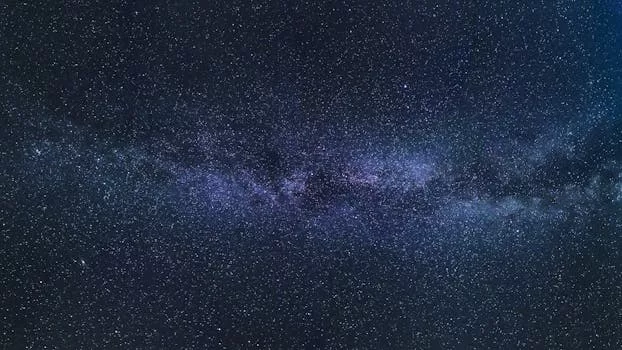
“
Beyond the Milky Way: Imagining New Worlds and Possibilities – Exploring the Vast Expanse of Space
Beyond the Milky Way: Imagining New Worlds and Possibilities is a topic that has fascinated humans for centuries. As we continue to explore and understand our own galaxy, we are also drawn to the mysteries that lie beyond. The universe is vast and complex, with billions of galaxies, each containing billions of stars and potentially, countless planets. In this article, we will delve into the possibilities that exist beyond our Milky Way, exploring new worlds and the potential for life to exist elsewhere in the cosmos.
Introduction to the Cosmos
The cosmos, or the universe, is all of space and time and their contents, including planets, stars, galaxies, and all other forms of matter and energy. While we have made significant progress in understanding our own galaxy, there is still much to be discovered about the universe as a whole. The cosmos is thought to have originated from the Big Bang, an event that occurred approximately 13.8 billion years ago, where all matter and energy expanded rapidly from a single point. Since then, the universe has continued to evolve and expand, giving rise to the diverse range of celestial objects we observe today. For a deeper dive into the implications of this vastness, check out our article on imagining life beyond the stars.
Galaxies Beyond the Milky Way
The Milky Way is just one of the billions of galaxies that exist in the observable universe. Each galaxy is a massive, gravitationally bound system consisting of stars, stellar remnants, interstellar gas, dust, and dark matter, typically dominated by a central supermassive black hole. Galaxies come in a variety of shapes and sizes, ranging from small, irregular dwarf galaxies to large, spiral galaxies like our own. Some galaxies are thought to be elliptical, meaning they have an egg-like shape, while others are irregular, lacking a distinct shape. To explore more about the creative possibilities inspired by these galaxies, visit Charting New Realms.
Exploring New Worlds
As we explore the universe beyond the Milky Way, we are also searching for new worlds, or exoplanets, that could potentially harbor life. Exoplanets are planets that orbit stars outside of our own solar system. To date, thousands of exoplanets have been discovered, and many of these planets are believed to be located in the habitable zones of their respective stars, meaning they could have conditions suitable for life as we know it. The discovery of exoplanets has opened up new possibilities for the search for extraterrestrial life and has raised fundamental questions about the existence of life beyond Earth. For insights on the imaginative aspects of this search, read our piece on exploring endless possibilities.
Potential for Life Beyond Earth
The potential for life to exist beyond Earth is a topic of ongoing research and debate. While we have not yet found definitive evidence of extraterrestrial life, there are many reasons to believe that the probability of life existing elsewhere in the universe is quite high. With the discovery of exoplanets and the ongoing exploration of our solar system, we are continually reminded of the vastness and complexity of the cosmos, and the potential for life to thrive in a variety of different environments.
Takeaways
- The universe is vast and complex, with billions of galaxies, each containing billions of stars and potentially, countless planets.
- Galaxies come in a variety of shapes and sizes, ranging from small, irregular dwarf galaxies to large, spiral galaxies like our own.
- The potential for life to exist beyond Earth is a topic of ongoing research and debate, with many reasons to believe that the probability of life existing elsewhere in the universe is quite high.
- Exoplanets, or planets that orbit stars outside of our own solar system, offer new possibilities for the search for extraterrestrial life and have raised fundamental questions about the existence of life beyond Earth.
- As we continue to explore and understand the universe, we are reminded of the vastness and complexity of the cosmos, and the potential for life to thrive in a variety of different environments.





